One man's garden
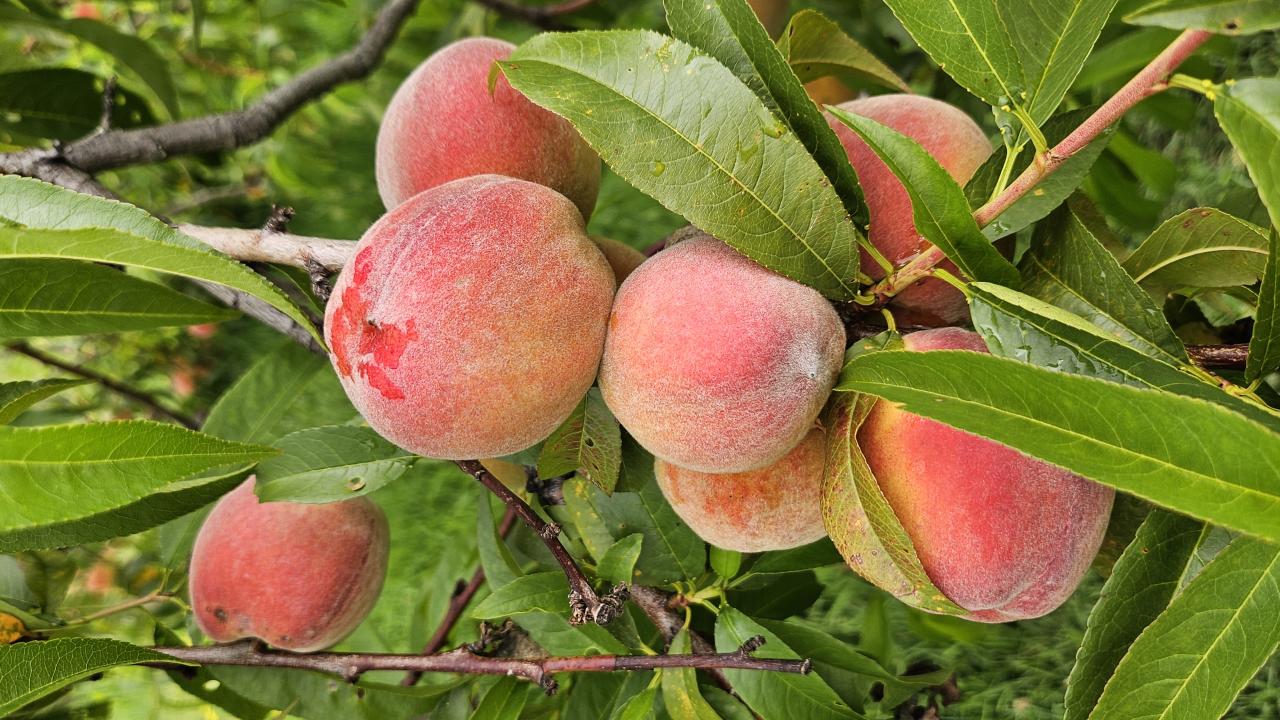
It’s that time of year when the Tasmania’s natural wealth, is – well – everywhere.
Cherries and strawberries are ripening now, and the wine grapes will follow in the next weeks. Apples are coming shortly.
Beyond the orchards and outside the fences, wild blackberries have quietly colonized unused soils and water sources along roadsides.
Much of this abundance of Nature is today farmed in contemporary techniques, with scores of seasonal workers and giant machines working huge agricultural properties.
Here in the Derwent Valley, for instance, is Reid Fruits, whose cherry orchards – the area under net – now span more than 200 hectares. Those of Wandin Valley Farms and Hansen Orchards, nearby, are similarly massive operations.
A few kilometres away, around Plenty, are grown vegetables for Australian consumption and more, vegetable seed for the world market, all on a large scale.
It’s easy, then, in this world of industrial-scale farming, even those operated as family-run operations, to overlook the hundreds of comparatively tiny fruit and vegetable growers that once comprised the majority of Tasmanian farms.
And yet today, they remain agricultural producers of staggering abundance.
In the past week, we visited an old friend up off Back River Road, whose five acres remains both an old-school farm and a shining example of the output of local soils.
Indeed, Nigel Rayner’s place is a reminder of how this Derwent Valley was from its earliest days the essential lifeblood for Hobart, delivering the foods needed to sustain the newly established colonial town two centuries ago.
It is five acres (in the old money) of river flats, defined by the Back River itself on one side and the road that takes its name on the other.
About half the property sits on a hillside above the river, which Nigel has kept in native forest. “It’s full of indigenous animals including sugar gliders and devils, so we leave them to get on with their lives,” he says.
Down on the flats, however, the alluvial soils are something else. ‘Verdant’ is an understatement.
As we walk towards the river, Nigel points out his clingstone peach trees, nectarines, and a cross between the two, peacherines.
There are multiple plums and greengages, and both black heart cherries and white heart cherries too.
Among the berries are gooseberries and raspberries. There’s also a favourite, the sweet-tart mulberry, a tree that has special significance for Nigel as it was planted by his father 36 years ago.
He himself is currently working on crops of four different varieties of Silvanberries, originally developed in Victoria.
Among the apples are Ladies in the Snow, Jonagold and Granny Smith too, along with a couple of old varieties whose names are lost to history.
Prefer pears? Try the Nashi or Asian pears. Or walnuts, which he has too.
He tells us the whole garden is watered by a single bore. It works well: right now, the orchard almost groans with the weight of ripening fruit.
Elsewhere, Rayner’s plot raises pretty much every vegetable known to man including four or five varieties of potato, enough to supply his household for the year.
What does he do with this abundance of fruit and vegetables?
“Honestly, we’ve got four kids and their families to feed,” he says. “But beyond that, we give it away to local people. Nature does the work, and we’re all able to take advantage of that.”
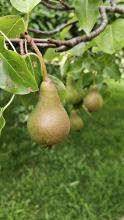
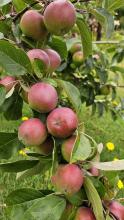
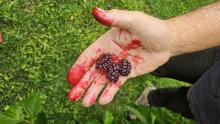
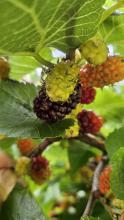
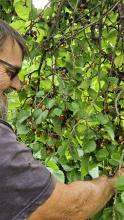

Add new comment